We are an inclusive agency based in Vienna creating branding and design for socially conscious businesses — making this world a better place.
We are an inclusive agency based in Vienna creating branding and design for socially conscious businesses — making this world a better place.
Nestled in the heart of Vienna, we are more than just a design agency — we are a catalyst for change. At our core, we believe in the power of design to drive positive transformations in the world.
We understand that a brand is more than just a logo or a product; it's a powerful voice that can influence change and inspire unity. Our mission is to infuse that voice with values that matter.
Join us on a journey to craft brands that don't just exist, but resonate with the very essence of a better tomorrow.
EXPERIENCE
Branding
Building a compelling brand is like crafting a unique identity that speaks to the soul of your audience, establishing a connection that transcends just products or services.

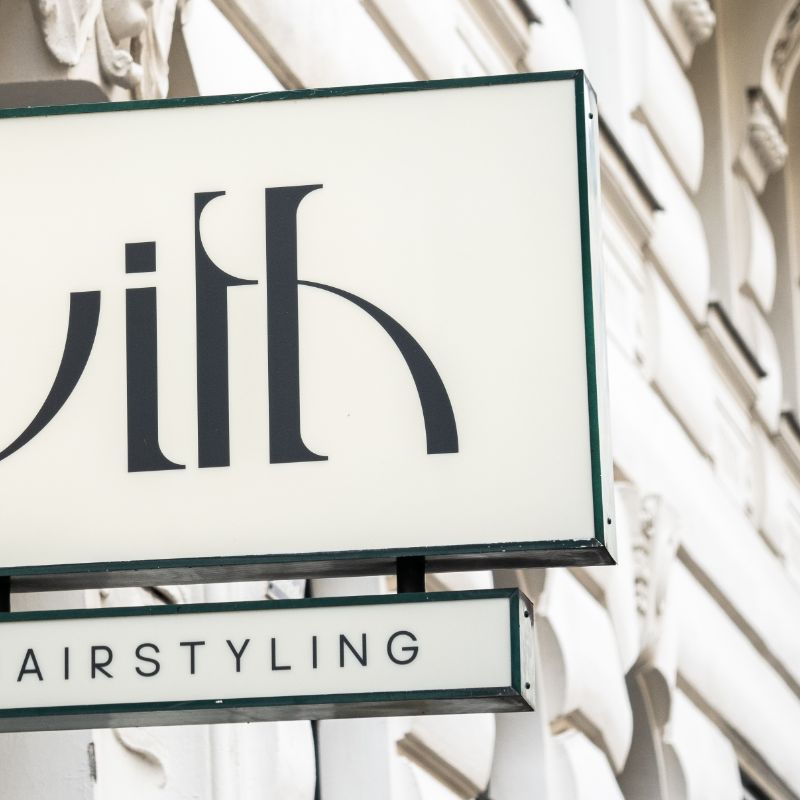

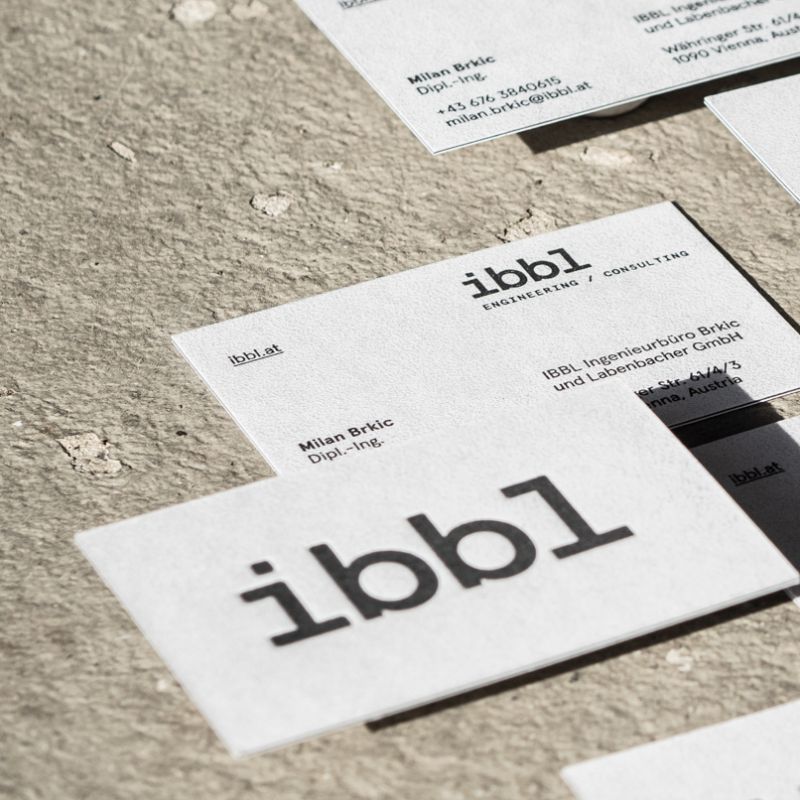
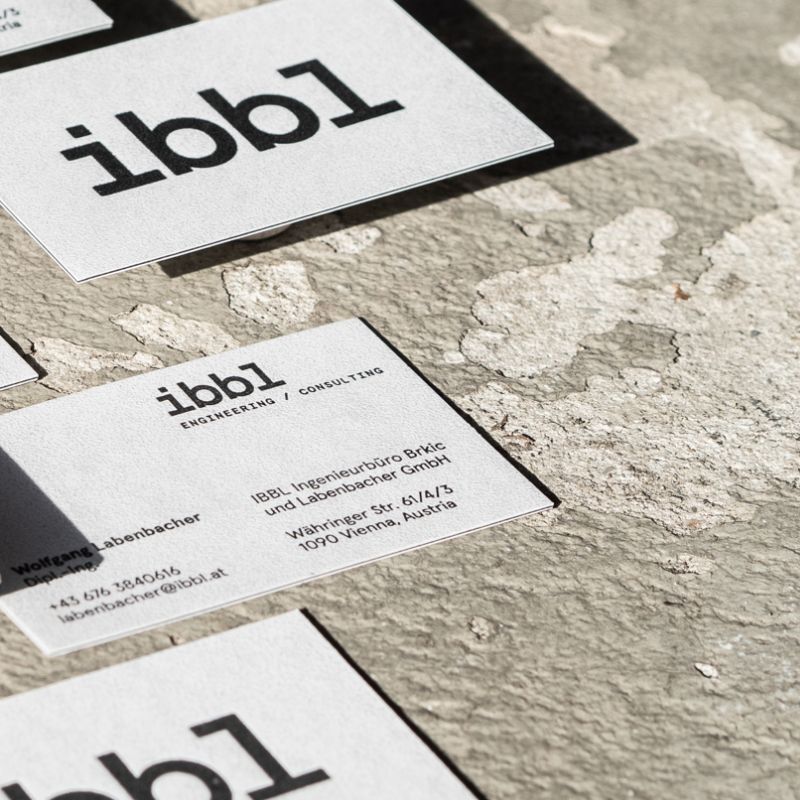
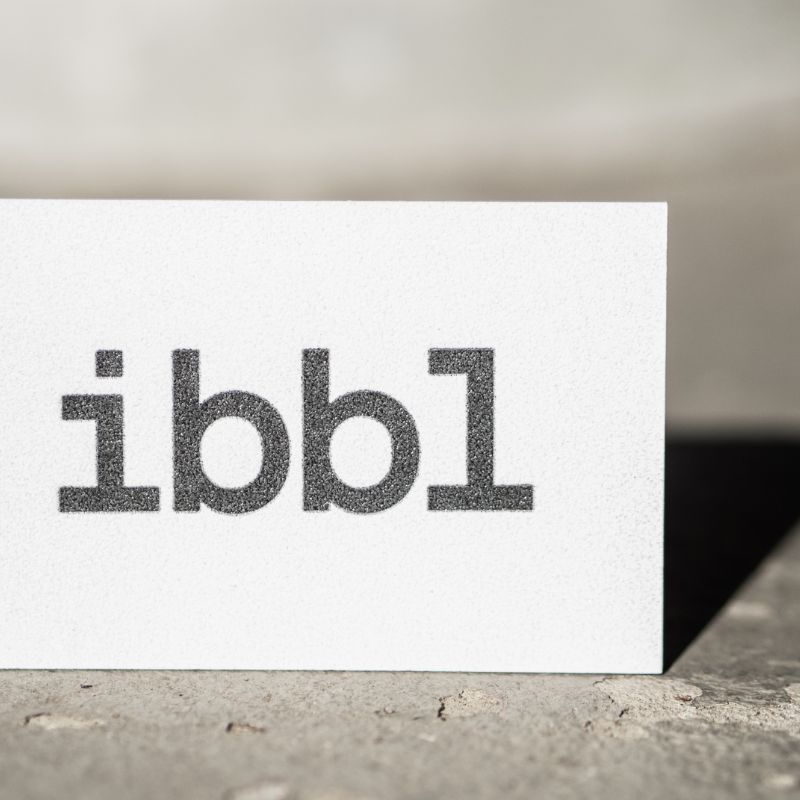
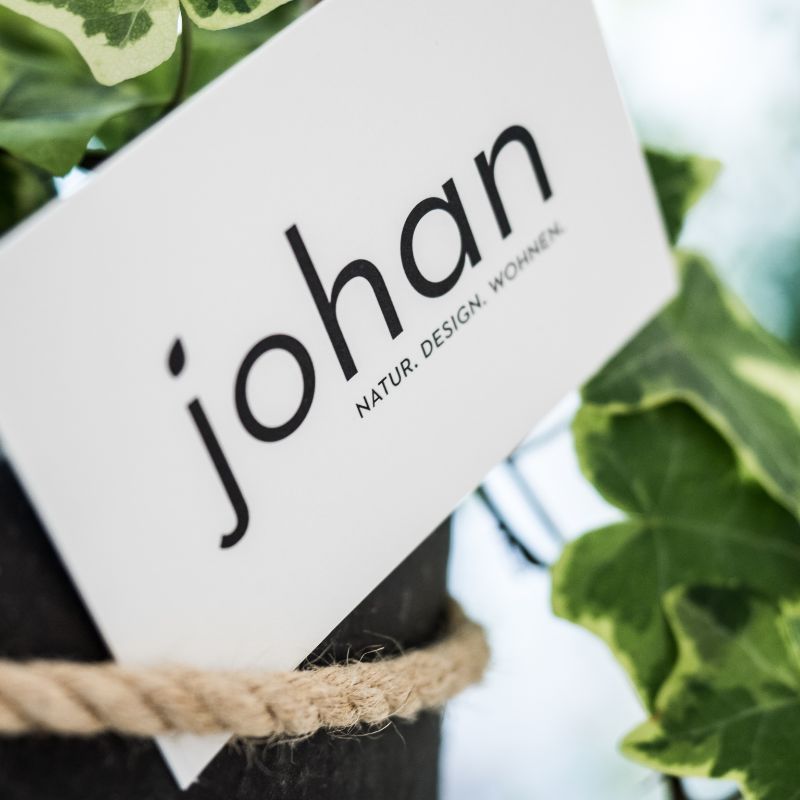


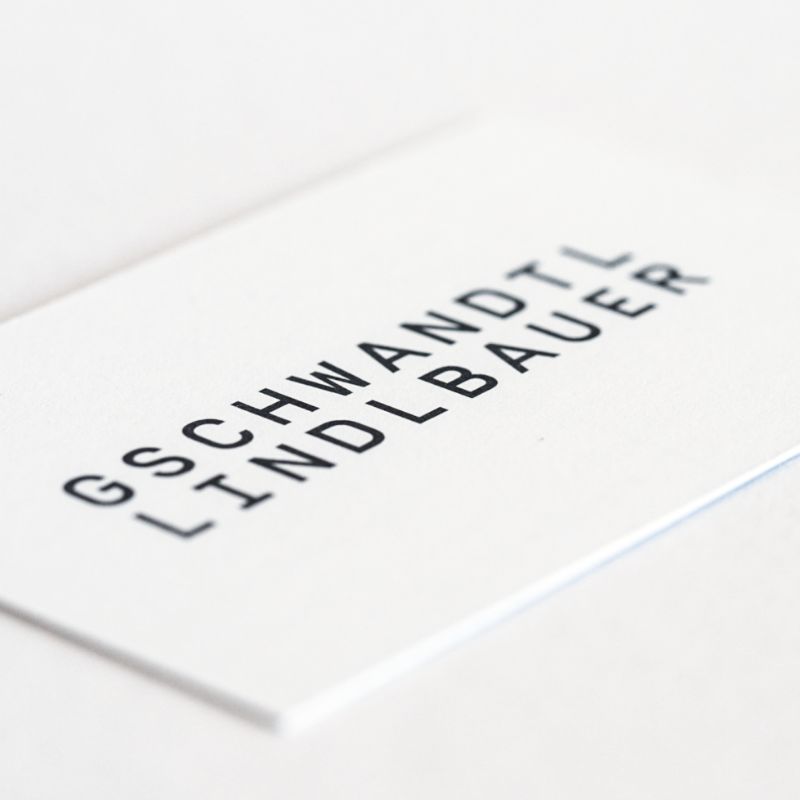
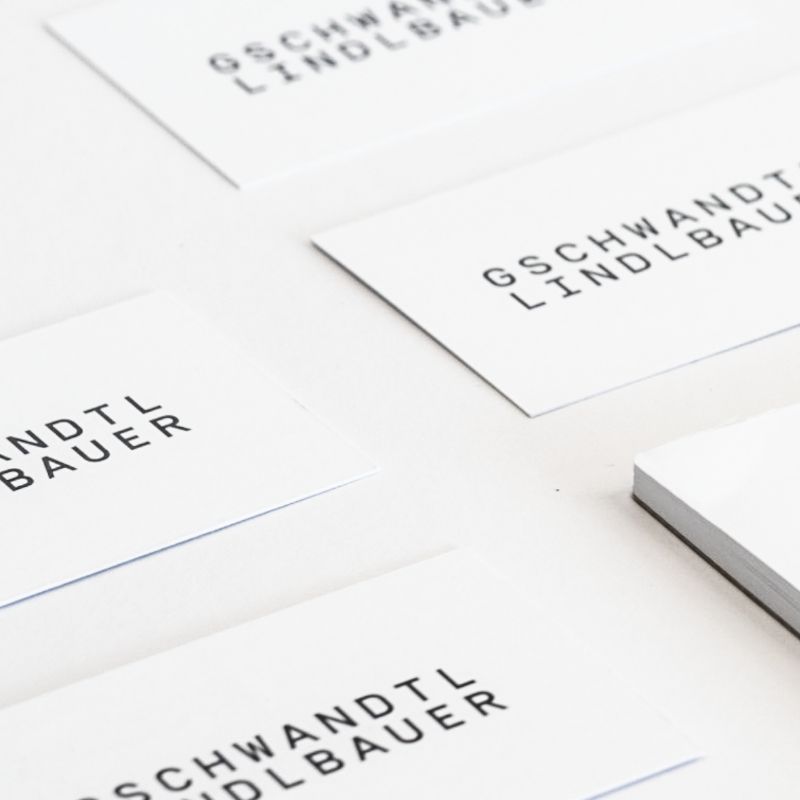


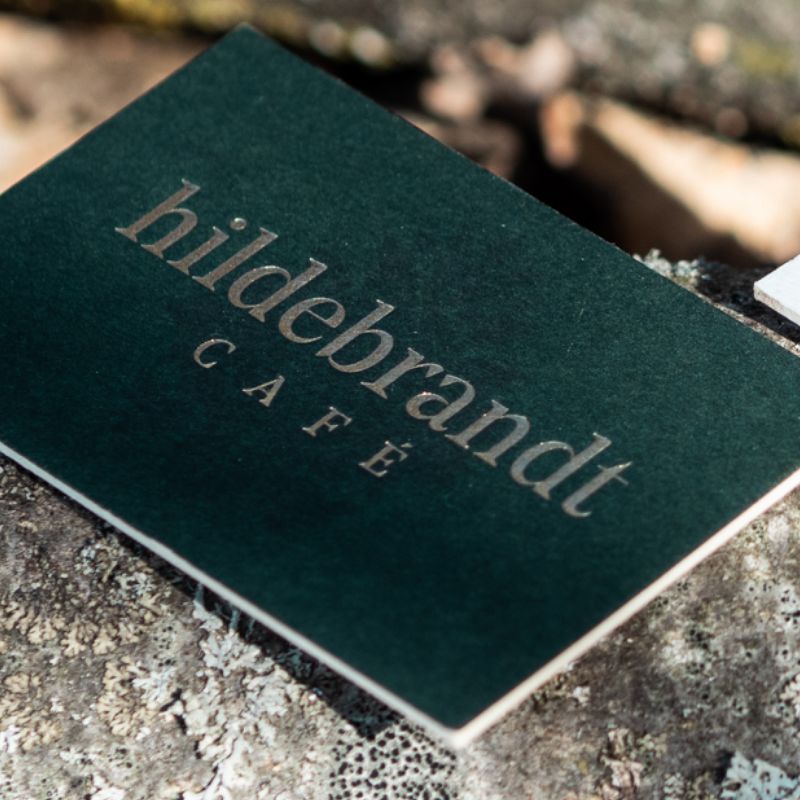
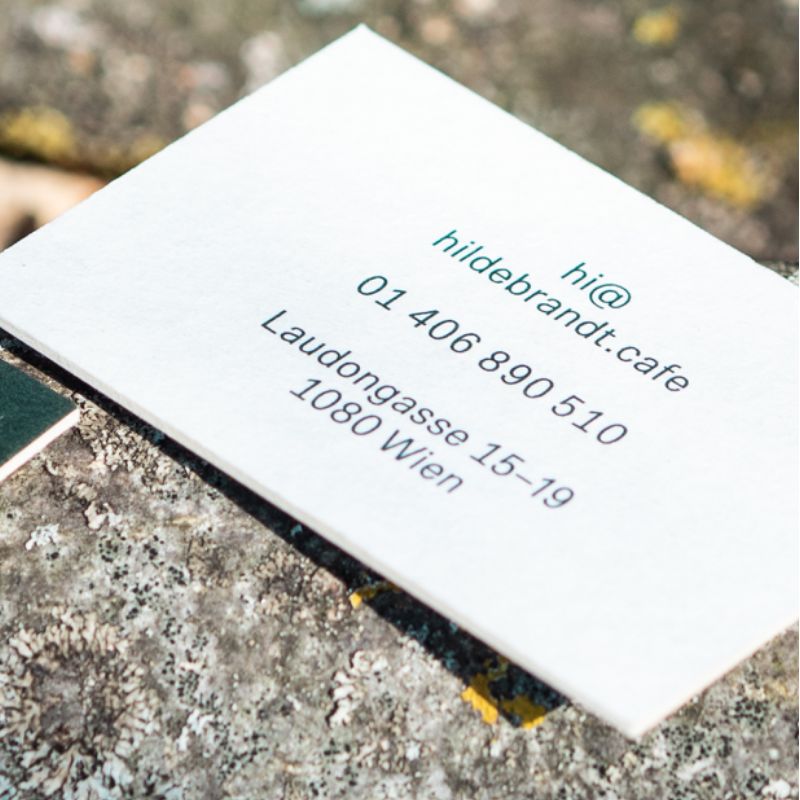

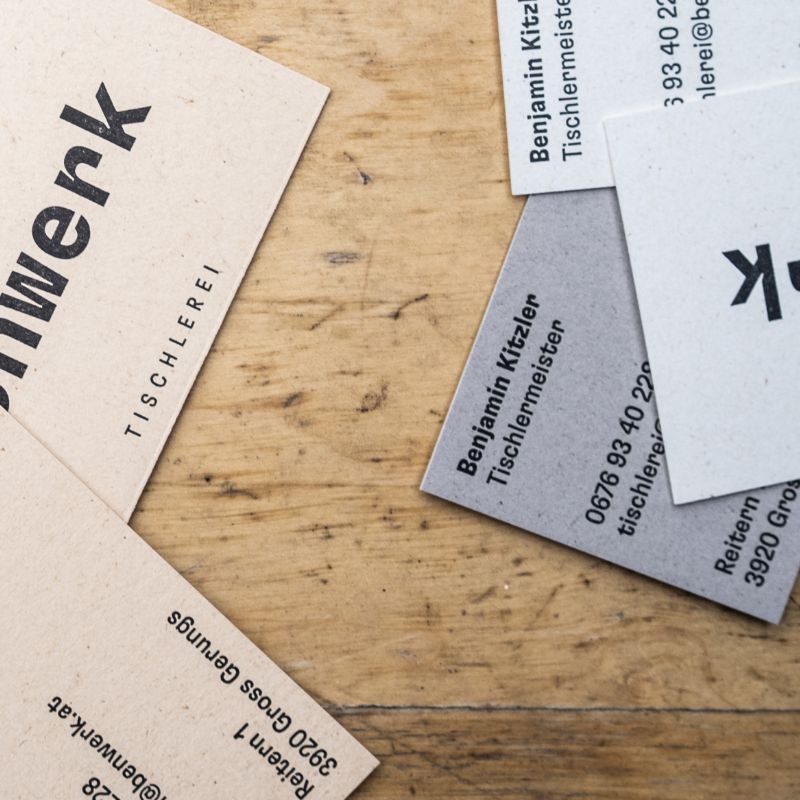
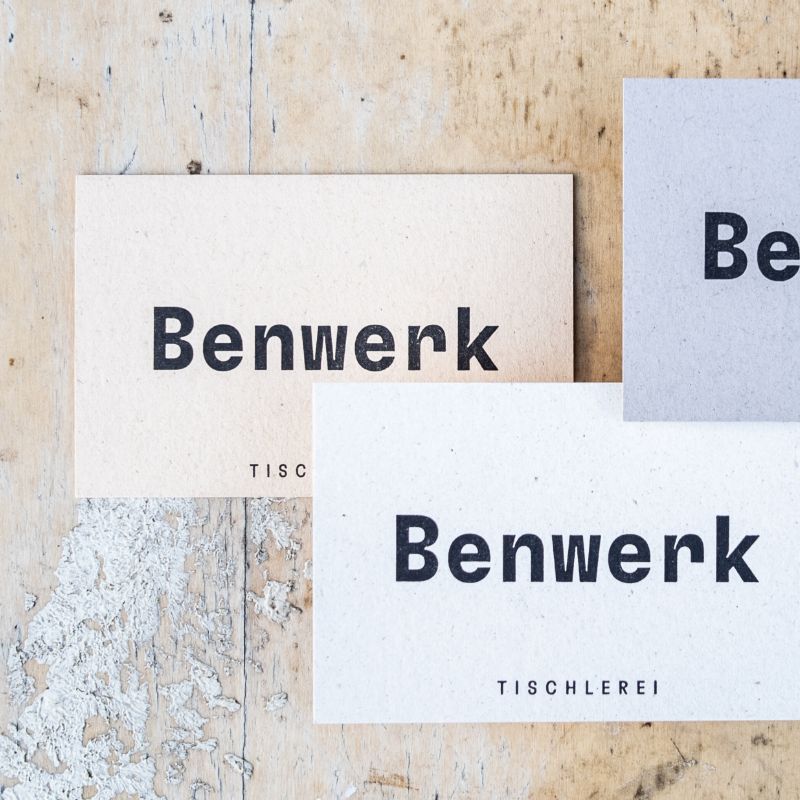

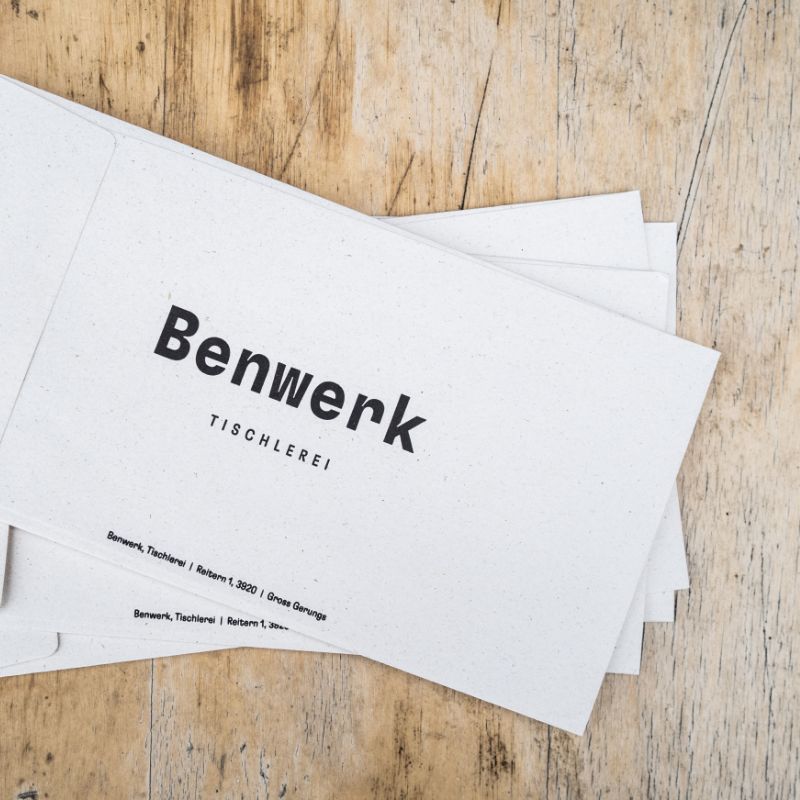
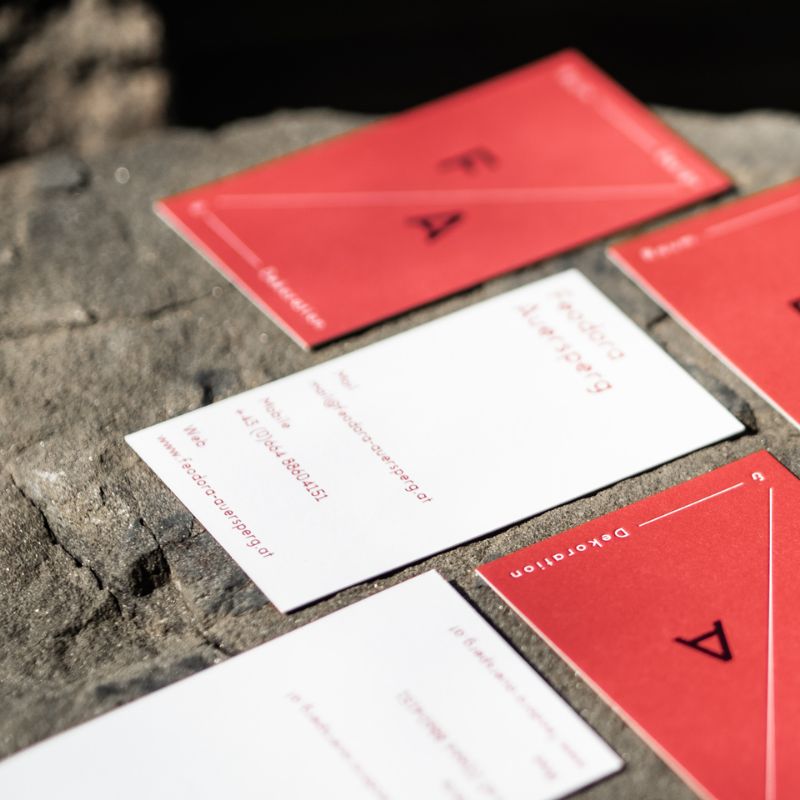
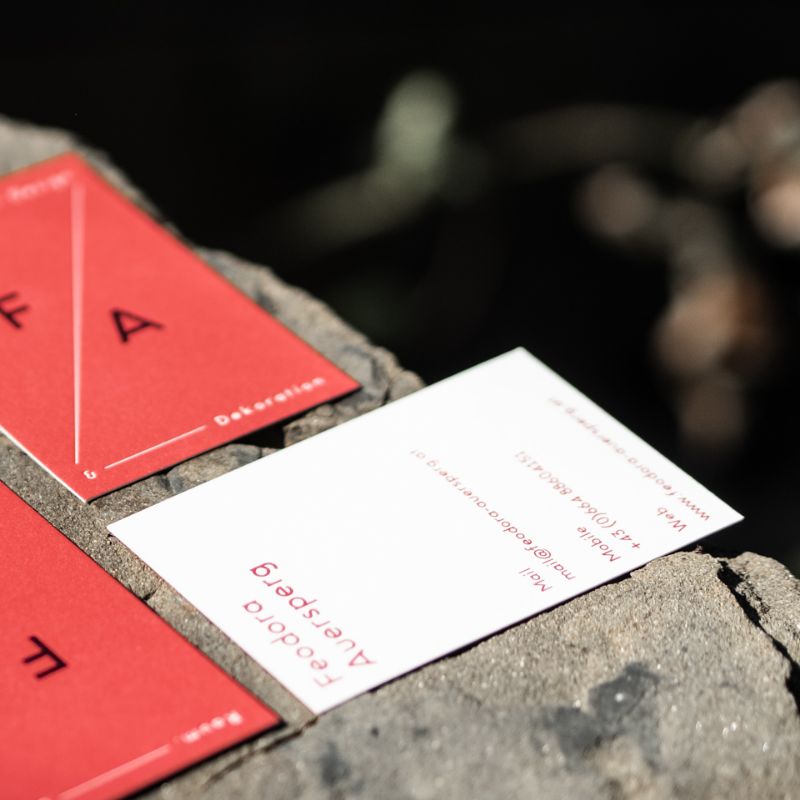






























































































































































































































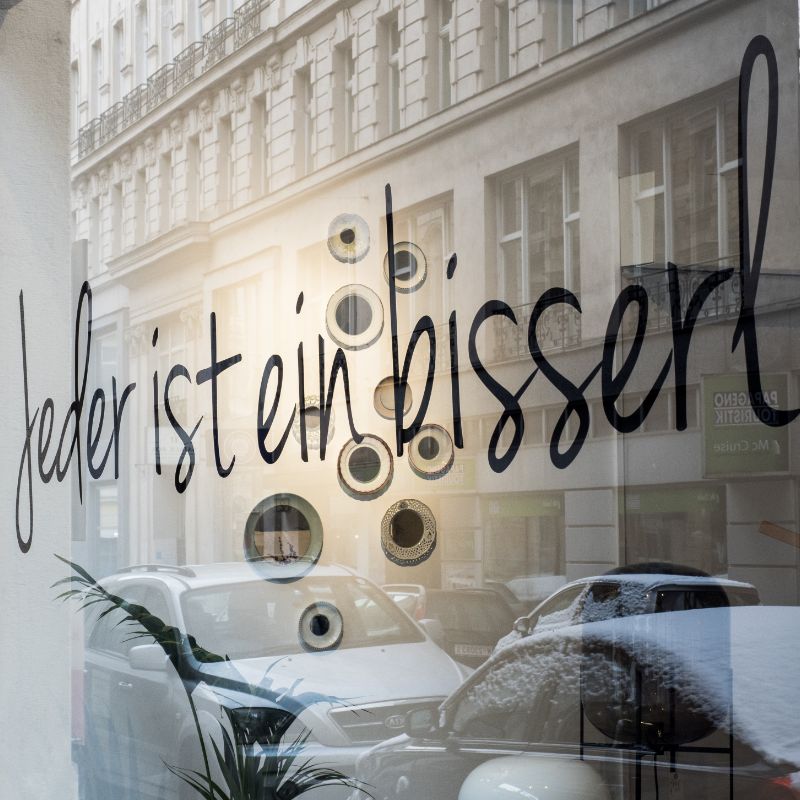


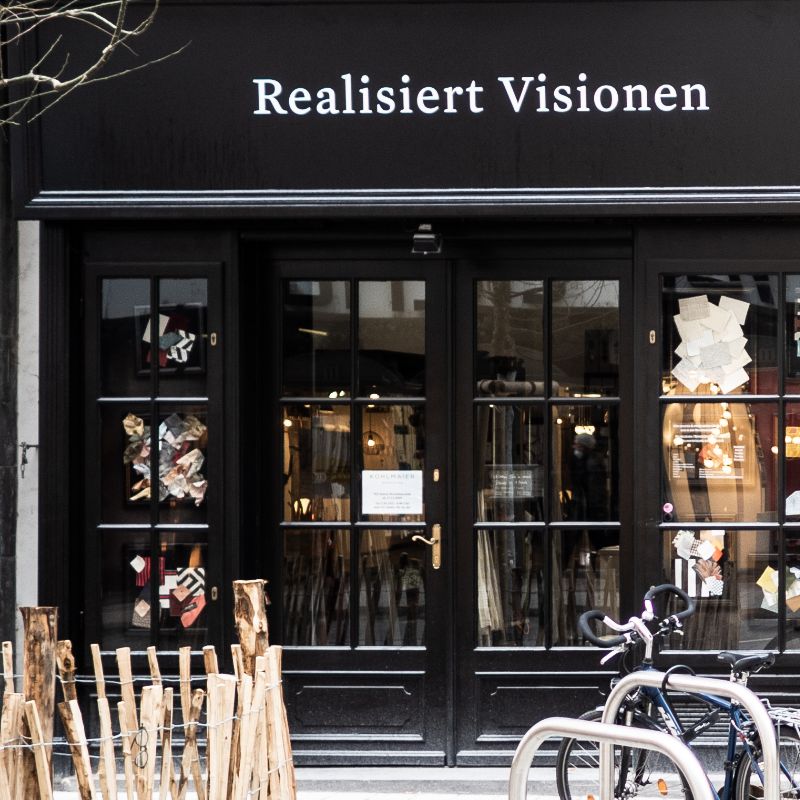


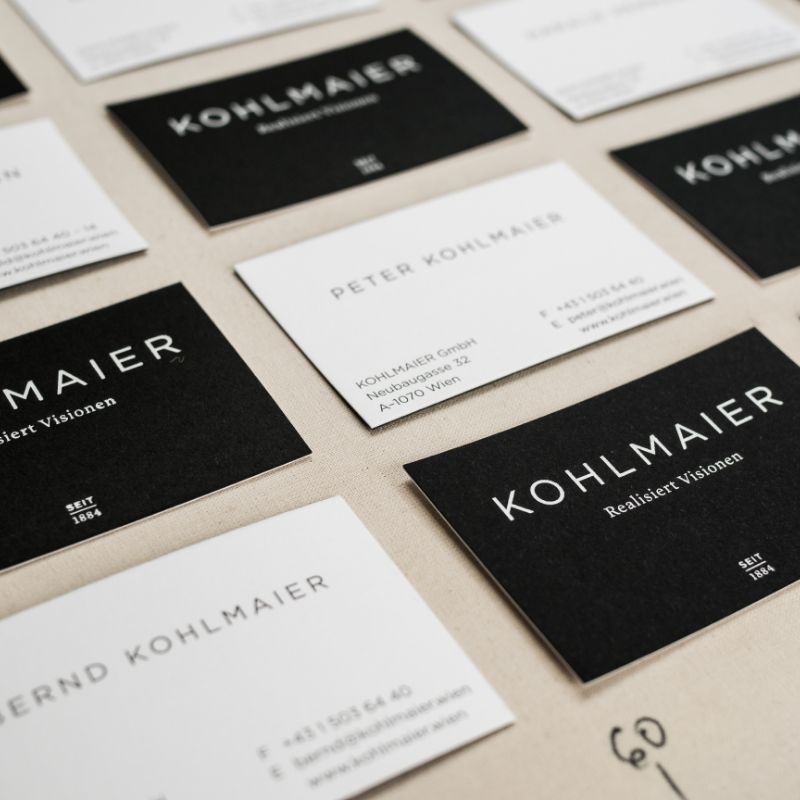
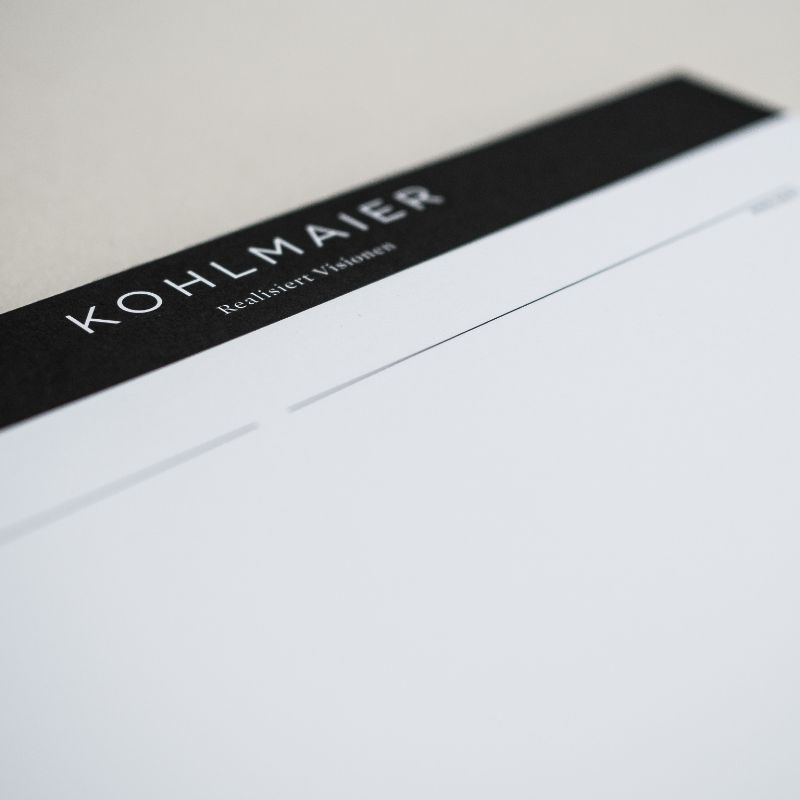


























































































































































































































Design
Each design project is a journey, an opportunity to transform ideas into eye-catching artworks that convey messages with style and impact.
Digital
Crafting digital landscapes is like building a home, carefully planning each element and layout to ensure it resonates with the intended audience and delivers an exceptional user experience.



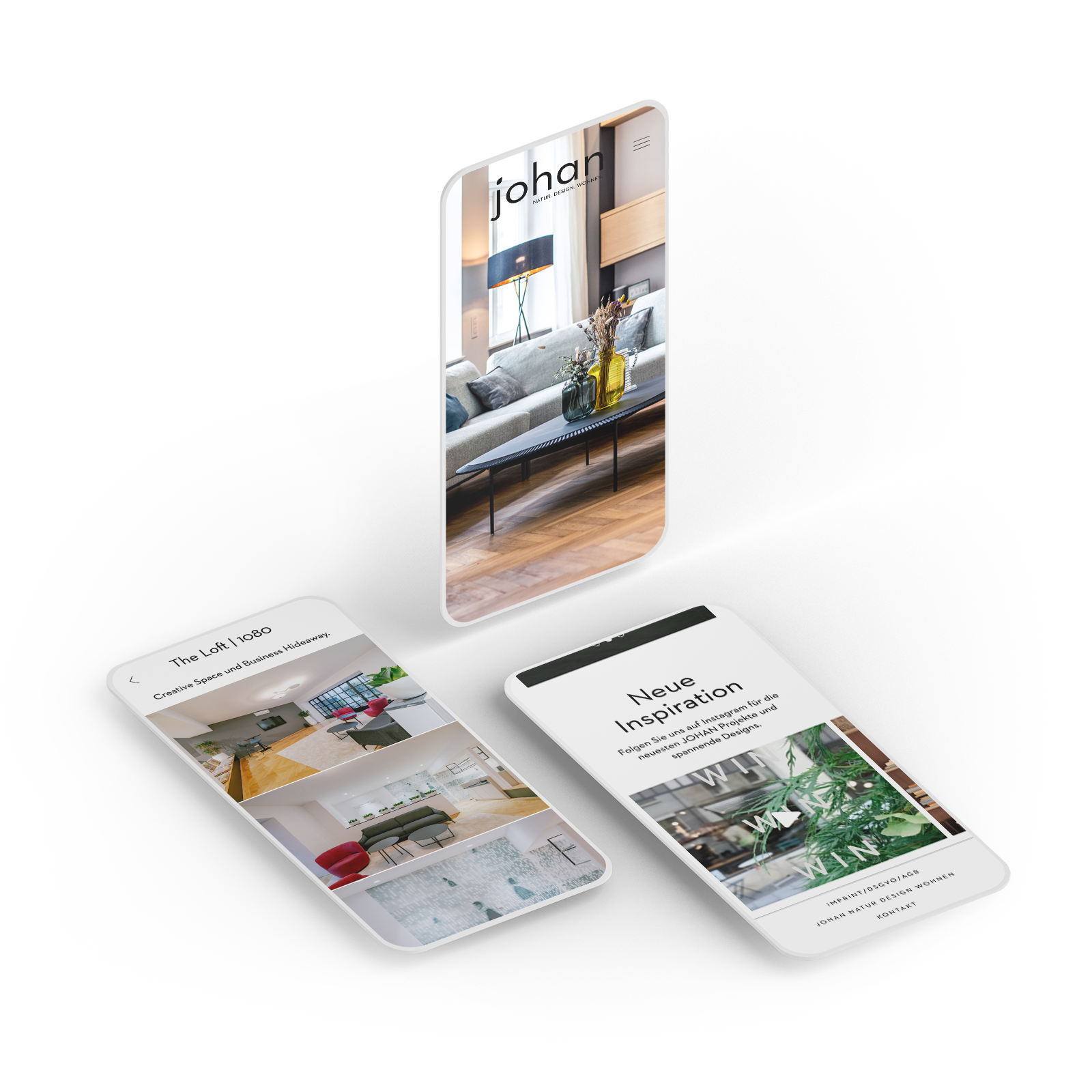
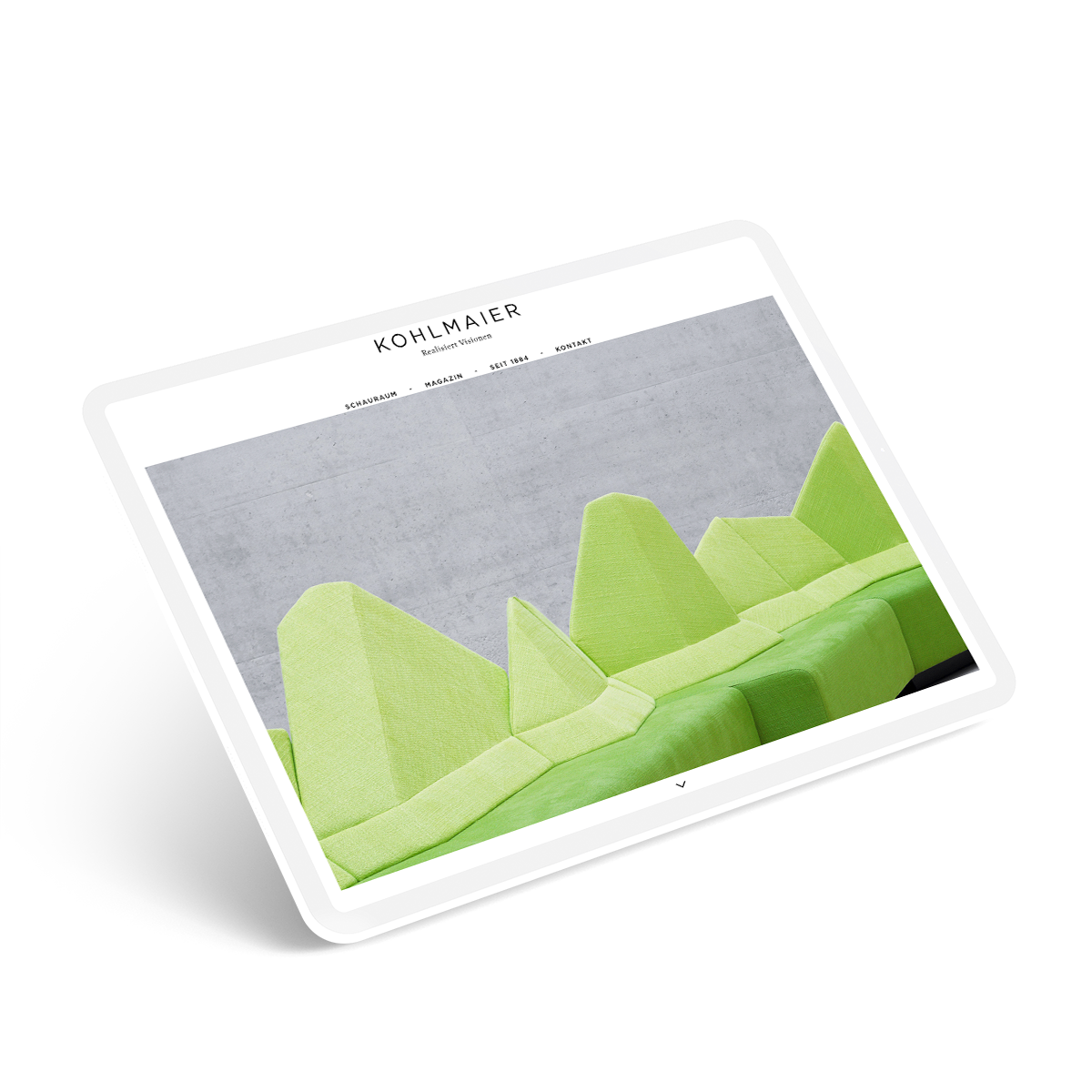

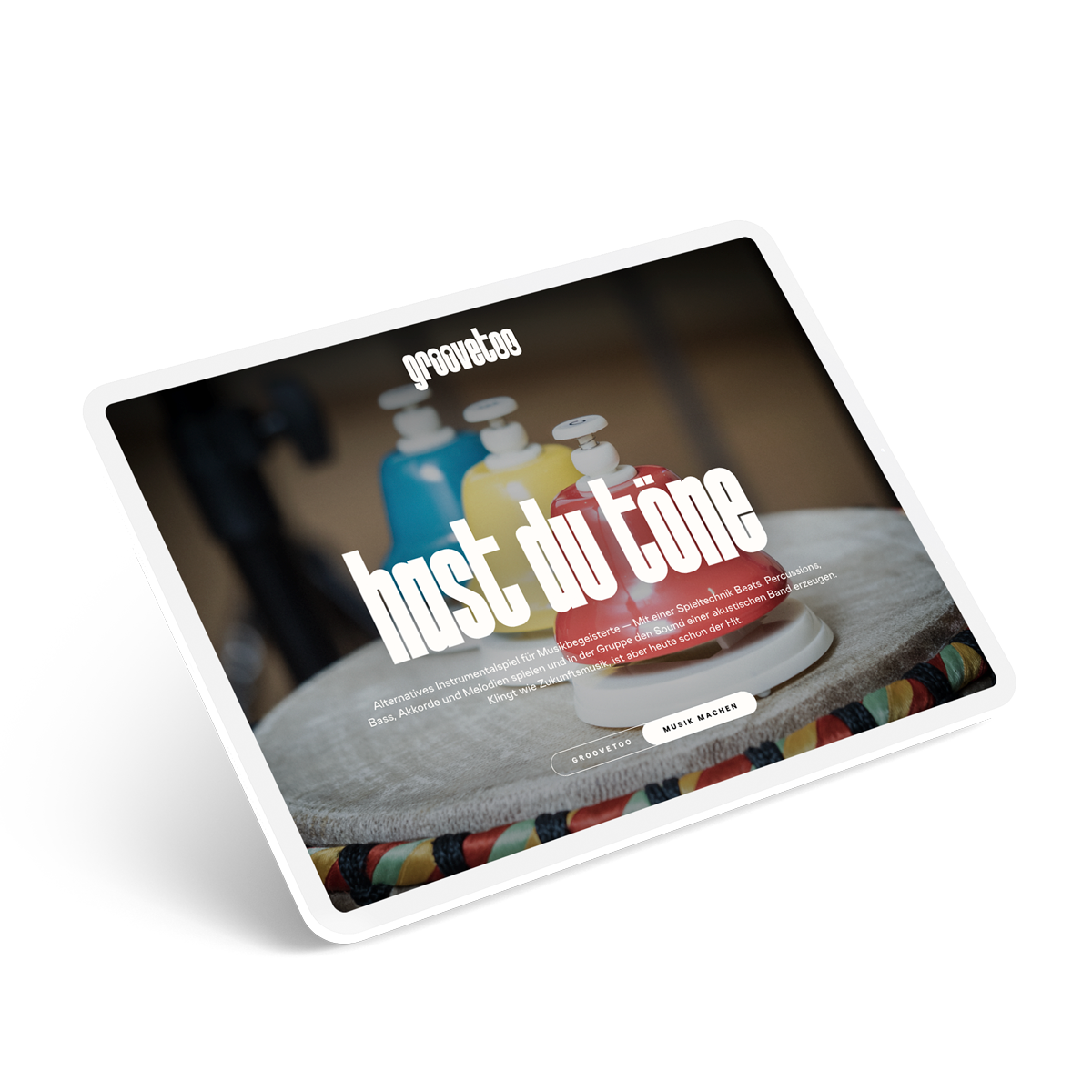
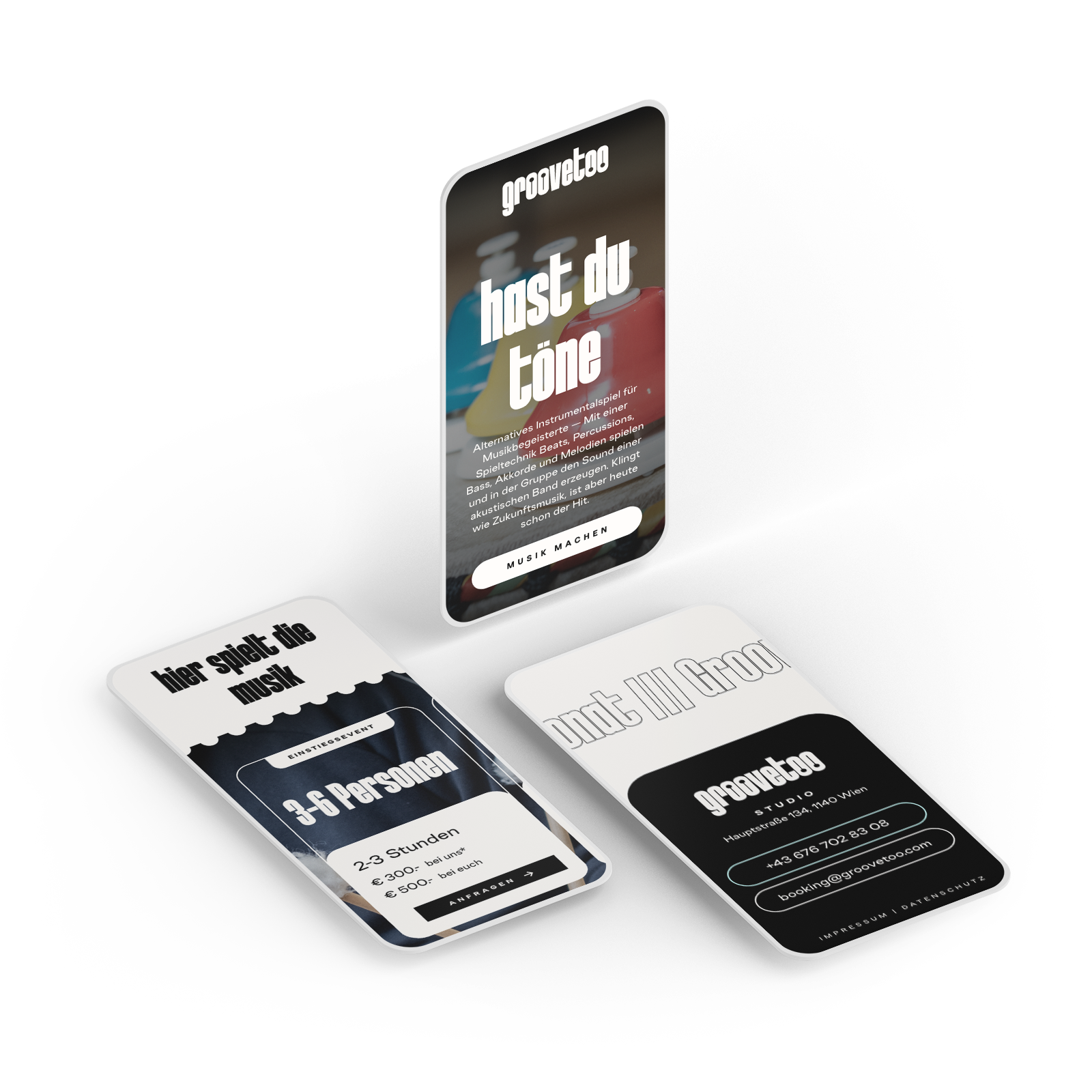

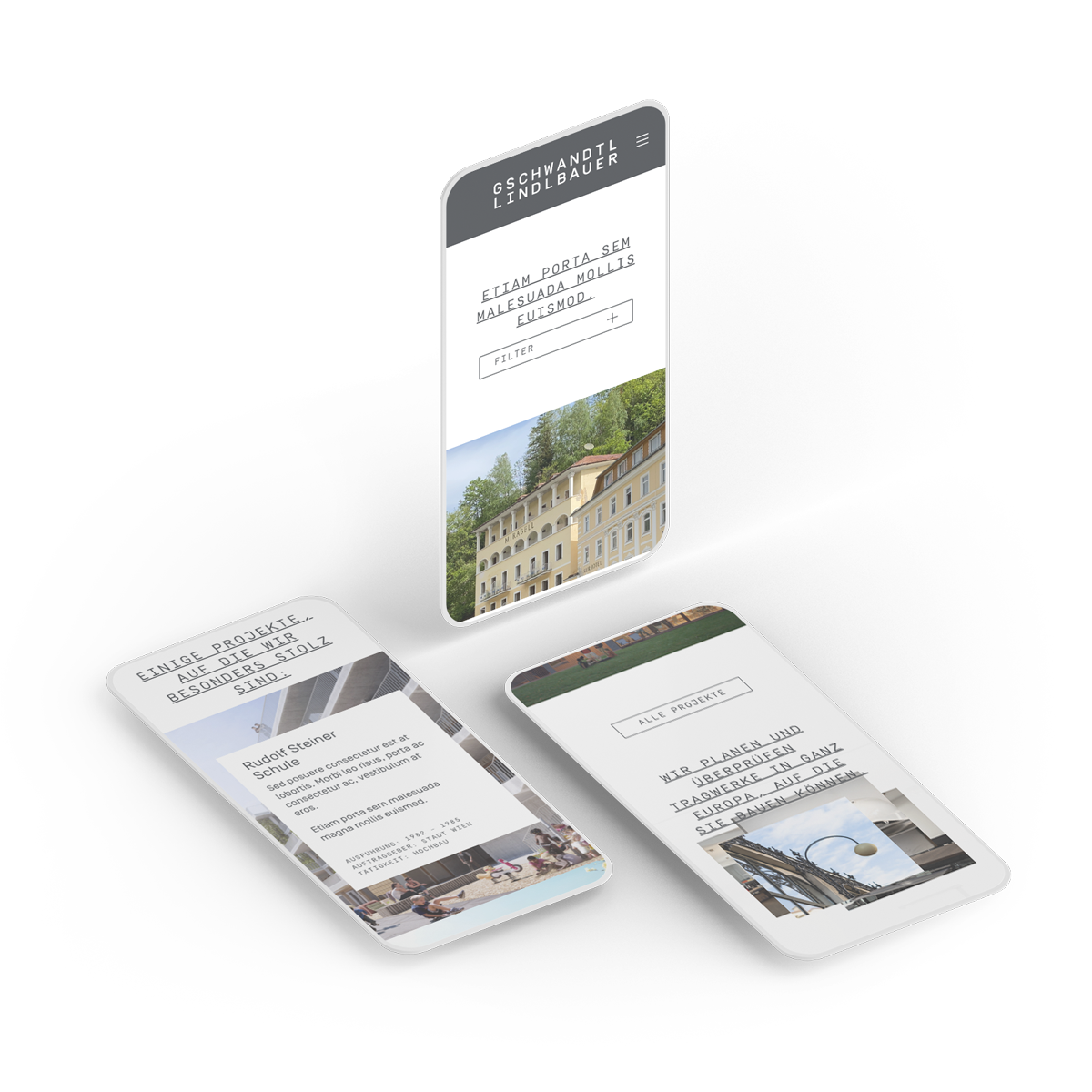


























































































SERVICES
- Brand Positioning: This involves defining the unique value proposition of the brand and how it differentiates itself from competitors. It determines the specific space the brand occupies in the market and the emotional or rational benefits it offers to customers.
- Brand Identity: Brand identity refers to the visual and verbal elements that represent the brand, such as the logo, color palette, typography, tagline, and overall design. It should be consistent and reflect the brand's values, personality, and positioning.
- Target Audience: Identifying the target audience is crucial for effective brand strategy. It involves understanding the demographics, psychographics, behaviors, and preferences of the ideal customers. This knowledge helps in tailoring messages and experiences that resonate with the intended audience.
- Messaging: Crafting compelling and consistent messaging is essential for brand strategy. It involves defining key brand messages, brand voice, and tone. The messaging should align with the brand's values and resonate with the target audience.
- Brand Experience: The brand experience encompasses all interactions and touchpoints a customer has with the brand. This includes advertising, packaging, customer service, website, social media presence, and more. Ensuring a positive and consistent brand experience is vital for building trust, loyalty, and positive brand associations.
- Research and Analysis: The first step in the branding process is conducting thorough research and analysis. This includes studying the target market, competitors, industry trends, consumer preferences, and brand perceptions. This information forms the foundation for developing an effective brand strategy.
- Define Brand Strategy: Based on the research findings, the next step is to define the brand strategy. This includes establishing the brand's mission, vision, values, and positioning in the market. The brand strategy sets the direction and guidelines for all brand-related activities.
- Develop Brand Identity: Brand identity development involves creating the visual and verbal elements that represent the brand. This includes designing the logo, selecting color schemes, defining typography, creating a tagline, and establishing brand guidelines. The goal is to create a cohesive and consistent brand identity that reflects the brand's personality and resonates with the target audience.
- Brand Messaging and Communication: This step involves crafting compelling brand messages that effectively communicate the brand's value proposition to the target audience. It includes developing key brand messages, defining the brand voice and tone, and creating consistent messaging across various marketing channels and touchpoints.
- Brand Implementation: Once the brand strategy, identity, and messaging are established, it's time to implement them across all brand touchpoints. This includes updating marketing materials, websites, packaging, signage, and any other customer-facing communications. Consistency is key to ensure a unified brand experience.
- Brand Engagement and Experience: This step focuses on actively engaging with the target audience and delivering a positive brand experience. It includes designing customer interactions, optimizing customer service, creating engaging content, and leveraging various channels such as social media to connect with customers and build brand loyalty.
- Monitor and Evaluate: After implementation, it's crucial to monitor and evaluate the effectiveness of the brand strategy and its impact on brand perception, customer engagement, and business performance. This involves tracking brand metrics, conducting market research, gathering customer feedback, and making adjustments as needed to ensure the brand remains relevant and resonates with the target audience.
Components of a visual identity typically include:
- Logo: The logo is a graphical symbol or emblem that represents the brand. It serves as the primary visual mark of identification and is often the most recognizable element of a brand's visual identity. A well-designed logo should be simple, unique, and memorable.
- Color Palette: The color palette consists of the specific colors chosen to represent the brand. Colors evoke emotions and can contribute to shaping the brand's personality and perception. A carefully selected color palette helps establish consistency and recognition across all brand materials.
- Typography: Typography refers to the selection and usage of fonts in a brand's visual identity. It includes choosing primary fonts for headlines and body text, as well as any specific styles or variations unique to the brand. Typography plays a crucial role in conveying the brand's tone and personality.
- Imagery and Photography Style: The choice of imagery and photography style contributes to the overall visual identity. It includes the types of visuals used, such as illustrations, photographs, or graphics, as well as the specific aesthetic and mood conveyed through those visuals. Consistency in imagery and photography style helps reinforce the brand's identity.
- Graphic Elements: Graphic elements encompass any additional visual elements used to enhance the brand's visual identity. This may include patterns, icons, illustrations, or other graphical elements that are unique to the brand. These elements should align with the brand's overall aesthetic and messaging.
- Brand Guidelines: Brand guidelines provide a set of rules and instructions for using the visual identity consistently across all brand communications. They outline specifications for logo usage, color codes, typography guidelines, and rules for maintaining visual consistency. Brand guidelines ensure that the visual identity remains intact and effectively represents the brand.
- Concept Development: Art direction begins with conceptualizing and developing creative ideas and concepts that align with the project's goals and target audience. This involves brainstorming, researching, and collaborating with the creative team to generate innovative and engaging ideas.
- Visual Style and Mood: The art director defines the visual style, mood, and overall look and feel of the project. This includes making decisions about color palettes, typography, imagery, layout, and other visual elements that will be used to convey the desired message or evoke specific emotions.
- Team Collaboration and Direction: Art directors collaborate closely with a team of creative professionals, such as designers, photographers, and stylists, to execute the artistic vision. They provide guidance, feedback, and direction to ensure that the work aligns with the established concept and visual style.
- Brand Alignment: When working on projects that involve established brands, the art director ensures that the visual elements and creative direction align with the brand's identity, values, and guidelines. They maintain consistency and uphold the brand's visual equity throughout the project.
- Production Management: Art directors oversee the production process to ensure that the creative vision is effectively translated into the final output. This includes managing timelines, budgets, and resources, as well as coordinating with external vendors or contractors, if necessary.
- Quality Control: Art directors play a vital role in maintaining the quality and integrity of the creative work. They review and provide feedback on drafts, proofs, and prototypes to ensure that the project meets the desired artistic standards and objectives.
- Visual Content Creation: Social media design work focuses on creating visually appealing and engaging content that captures the attention of the target audience. This includes designing graphics, illustrations, and photographs that align with the brand's visual identity and convey the desired message effectively.
- Platform-Specific Optimization: Different social media platforms have specific design requirements and optimal image sizes. Social media designers ensure that the content they create is tailored to the specifications of each platform, considering factors such as image dimensions, aspect ratios, and file sizes. This ensures that the content appears visually consistent and is properly displayed across different devices and platforms.
- Brand Consistency: Social media design work aims to maintain consistency with the brand's visual identity. Designers incorporate the brand's color palette, typography, logo, and other brand elements into the social media content to reinforce brand recognition and identity. Consistency across social media channels helps create a cohesive brand presence and fosters brand loyalty.
- Storytelling through Visuals: Effective social media design work tells a story and conveys messages through visuals. Designers use imagery, typography, and graphics to communicate key brand messages, promotions, or announcements in a visually compelling and easily digestible manner. They leverage design techniques to capture attention, evoke emotions, and drive engagement.
- Visual Hierarchy and Call-to-Action: Social media designs often include a clear visual hierarchy to guide the viewer's attention and highlight key information. Designers utilize typography, color, size, and placement to prioritize important messages and emphasize call-to-action elements, such as buttons or links, to encourage user interaction and conversions.
- Responsive and Mobile-Friendly Design: Given the prevalence of mobile usage on social media platforms, social media design work takes into account responsive design principles. Designers ensure that the content is optimized for mobile devices, adapting layouts and visuals to fit different screen sizes and orientations. This ensures a seamless and visually pleasing experience for mobile users.
- Data Visualization: Social media design work may involve creating visual content to present data or information in a visually appealing and easily understandable format. Infographics, charts, and graphs are commonly used to convey complex information concisely, making it more engaging and shareable.
- Planning and Concept Development: A photoshoot begins with planning and conceptualization. This includes defining the purpose and objective of the shoot, determining the desired style or theme, selecting the location, and creating a shot list or storyboard outlining the specific images to be captured.
- Pre-production: Before the actual shoot, pre-production activities take place. This involves arranging logistics, securing permits or permissions for shooting in specific locations, organizing props or equipment, and coordinating with the team involved, such as models, stylists, makeup artists, and assistants.
- Set Preparation: On the day of the shoot, the set or location is prepared accordingly. This includes setting up lighting equipment, arranging props or backdrops, and ensuring that the environment is conducive to capturing the desired shots.
- Directing and Posing: During the shoot, the photographer directs the models or subjects, providing guidance on poses, expressions, and actions to achieve the desired aesthetic or mood. The photographer may experiment with different angles, compositions, and perspectives to capture unique and visually appealing images.
- Lighting and Equipment: Proper lighting is crucial in photography, and photoshoots often involve the use of various lighting techniques and equipment. This includes natural light, artificial lighting, reflectors, diffusers, and other tools to achieve the desired illumination and create the desired atmosphere or mood.
- Wardrobe and Styling: Depending on the purpose of the photoshoot, wardrobe selection and styling play an important role. The photographer or a dedicated stylist may collaborate with the models or subjects to choose appropriate outfits, accessories, and props that align with the desired concept or brand image.
- Image Review and Selection: After the shoot, the photographer reviews and selects the best images from the captured shots. This may involve editing or post-processing the images to enhance their quality, adjust colors, or apply any necessary touch-ups.
- Delivery and Usage: Once the editing is complete, the final images are delivered to the client or intended audience. The images can be used for various purposes, such as marketing campaigns, advertising materials, websites, social media, print publications, or personal use.
We specialize collaborating with established brands and purpose-driven businesses launching a new campaign or product.
